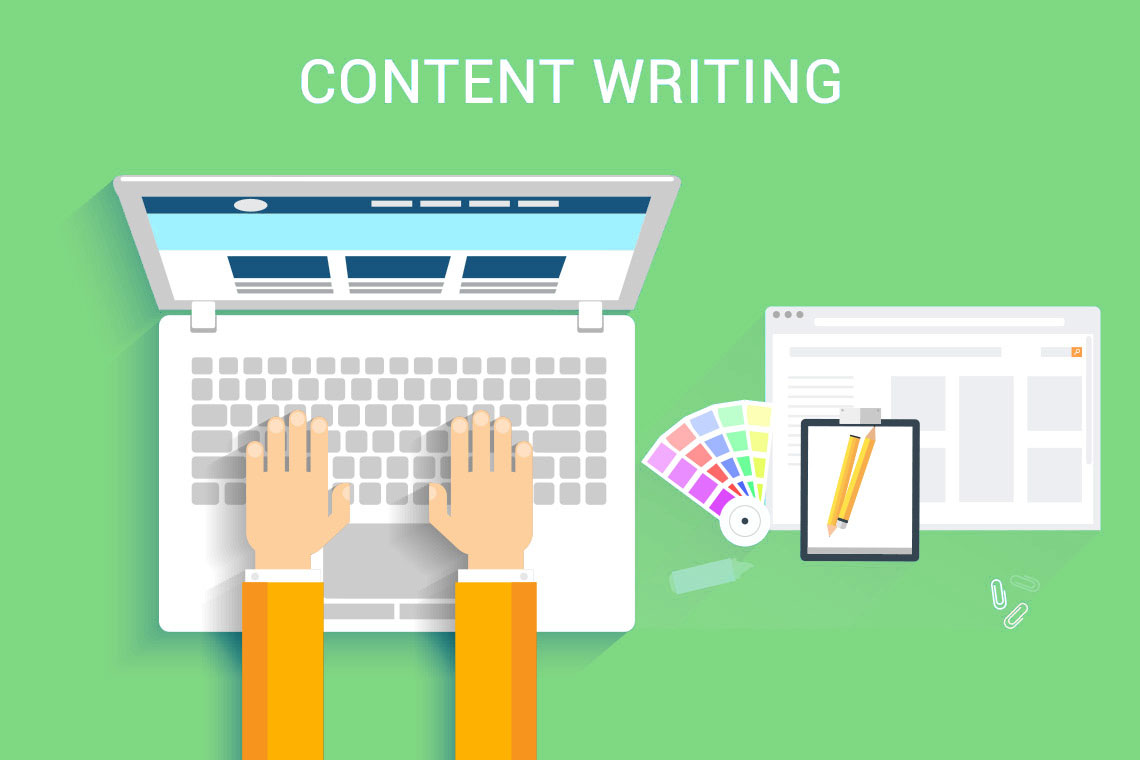
04 Jun A Simple Framework for Writing Your Website Content
Strong content effectively designed has the power to attract and influence the right people. To successfully target your visitors, you must craft compelling content on relevant topics for your audience.
Content drives every exchange you have with a potential customer. A good rule of thumb for creating effective content that turns those potential business relationships into established ones is to remember that digital content should be written with your audience in mind to be informational, concise, and compelling.
Informational Web Content
Content on every page needs to inform the user of something specific. Define a content message goal for each page. Your messaging goal could be to inform users on your fundamental brand position, how to solve a particular problem, why your top-selling product is better than your competitors’, or even how to contact you.
Content should include accurate keywords that will match exact and related search queries so that users quickly and easily find the answer to their questions. Simply put, your page content needs to be consistent with the queries you rank for. Keywords usage should be as natural as possible and in variations that make sense in the context and according to recognized industry jargon. Overuse of keywords appears manipulative to search engines and clutters your message for human users.
Concise Web Content
Use direct, descriptive, easy-to-understand language. You should have a minimum of 350 words, but avoid long-drawn-out sentences and redundancy. If you can’t write 350 words for a particular topic, reconsider your plan to dedicate an entire page to it — it might belong somewhere else.
Get to the point as quickly as possible and avoid extraneous sentences.
Content should be optimized for the typical online reader. Use proper formatting techniques like short paragraphs and descriptive titles, headings and subheadings to break up text and make your content more inviting. This structure also helps search engines make correct conclusions about the page’s topic and content hierarchy.
Compelling Web Content
Titles, headings and body text should be informative and descriptive, but they should also account for what inspires your audience to act. For blogs and consumer-focused content, words and phrases might be exciting, thrilling, or even controversial, while B2B websites should communicate trust, integrity, authority and value. Above all, H1 headings should be clear and contain some literal message about what primary topic is addressed on the page.
Use calls-to-action (CTAs) that contain verbs within the first half of the sentence or title. After someone reads your content, they should feel compelled to do something, whether that’s to keep reading more articles on your site, contact a sales rep, fill out a form or share your page with another user.
Tell a story whenever possible by providing context, examples and/or support for your overall brand’s image. Listing features and functions is appropriate in some situations, but all of your content should tie back to the bigger brand story and/or your audiences’ primary needs.


No Comments